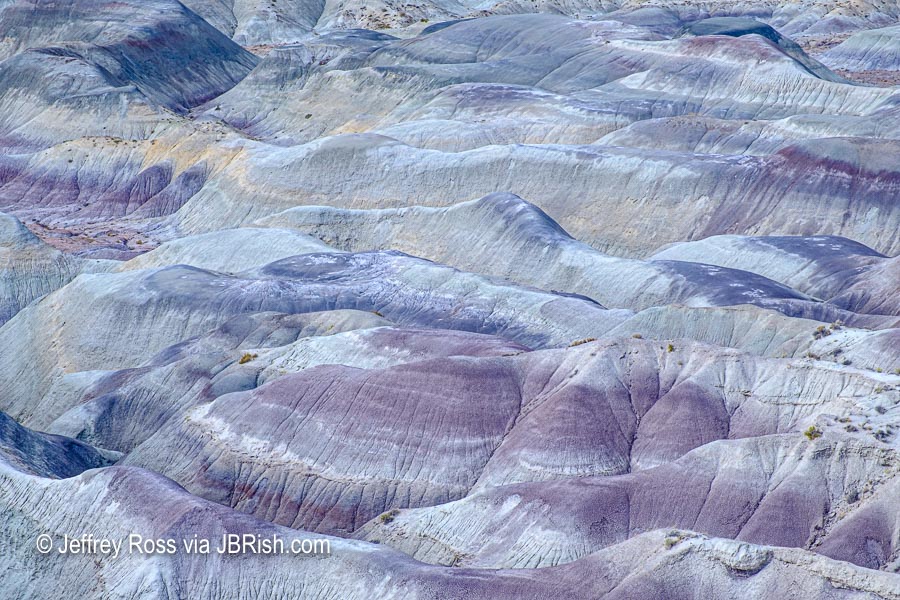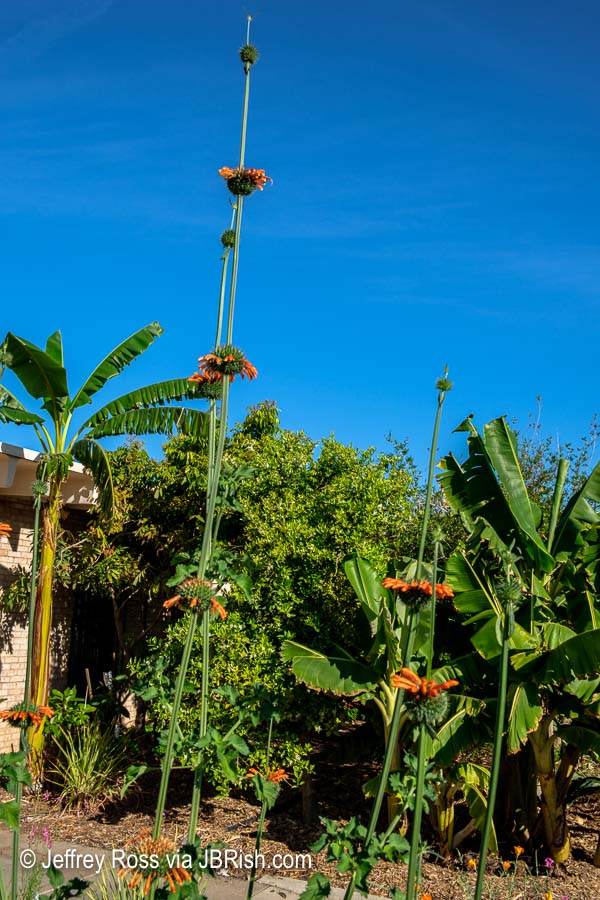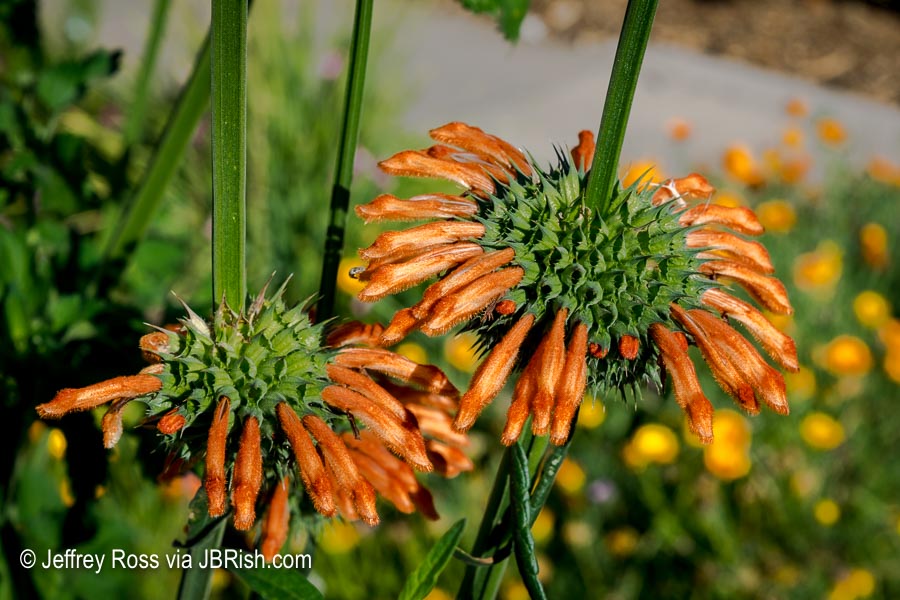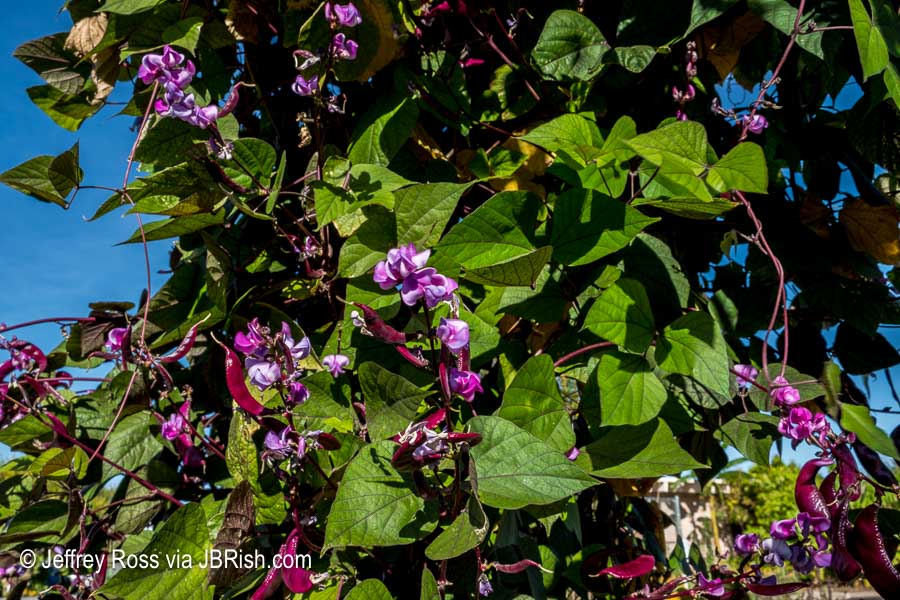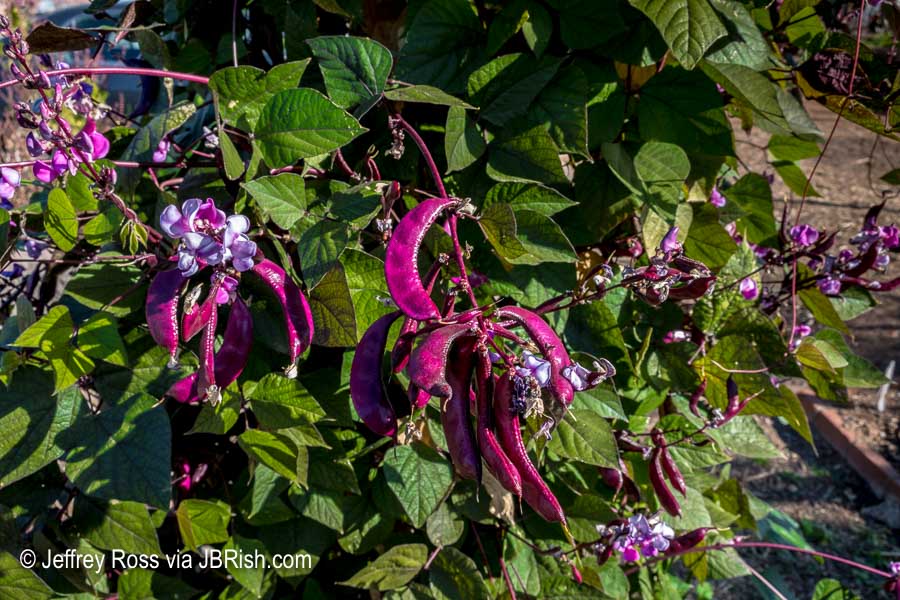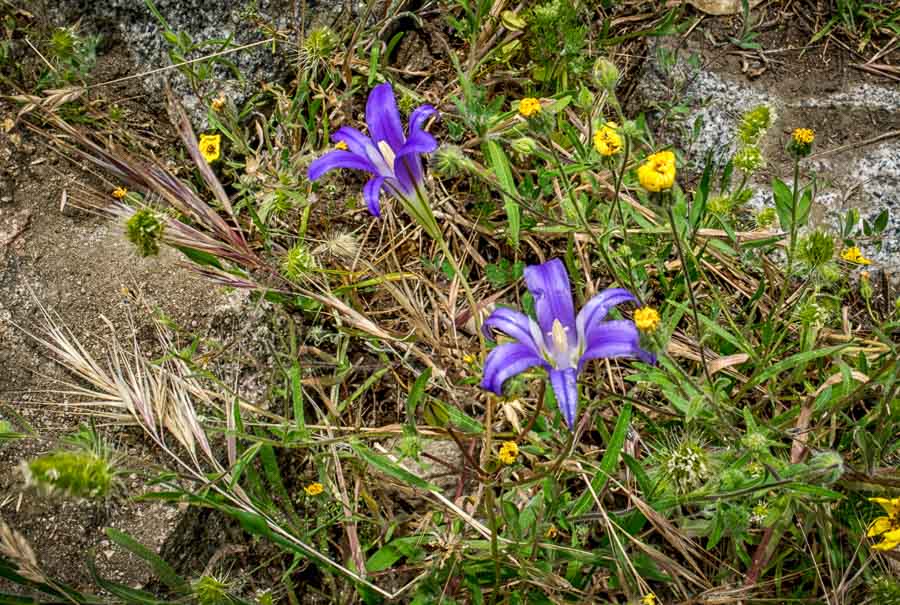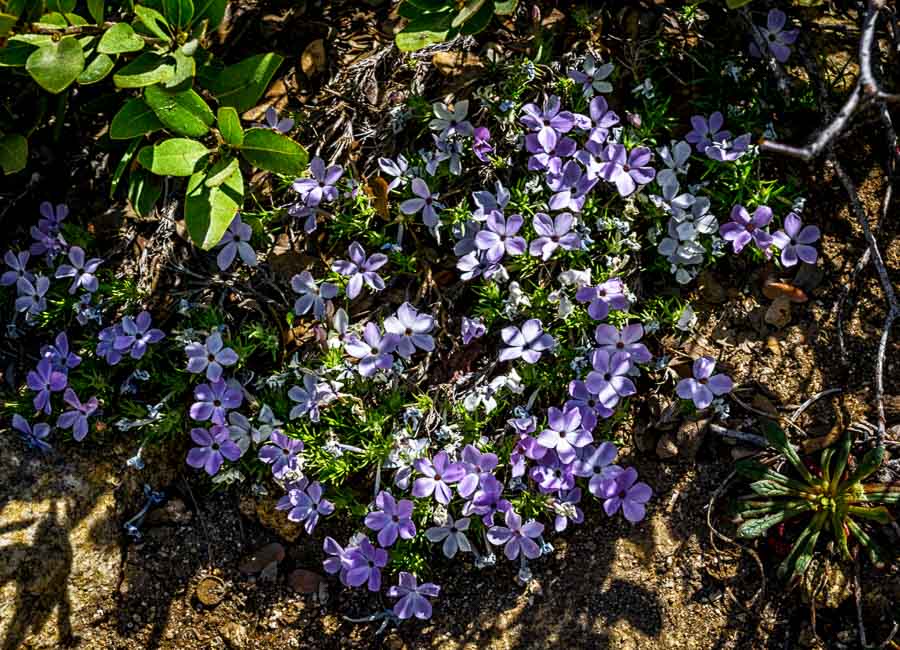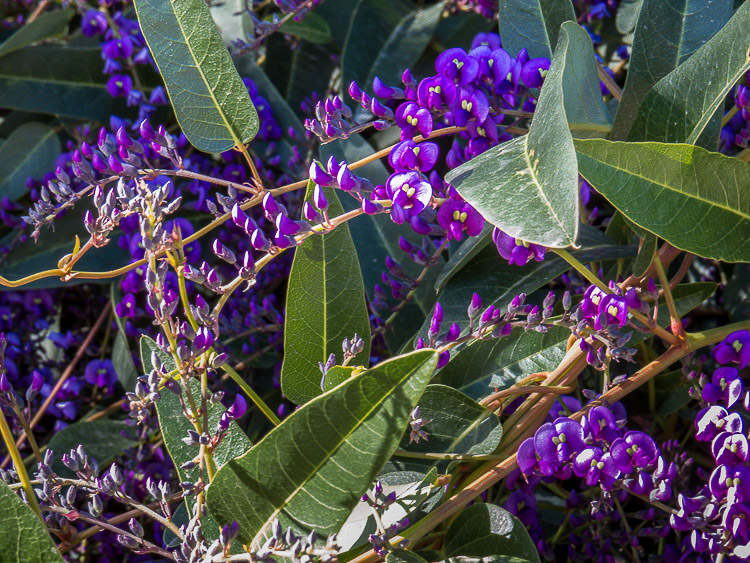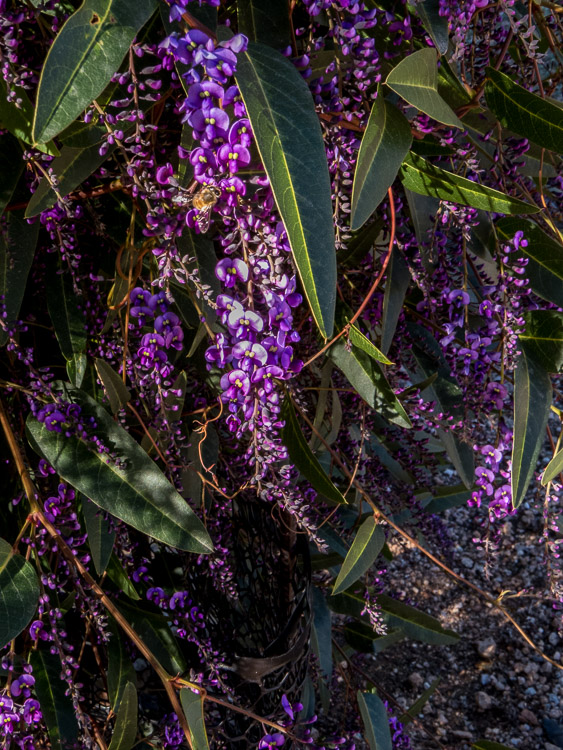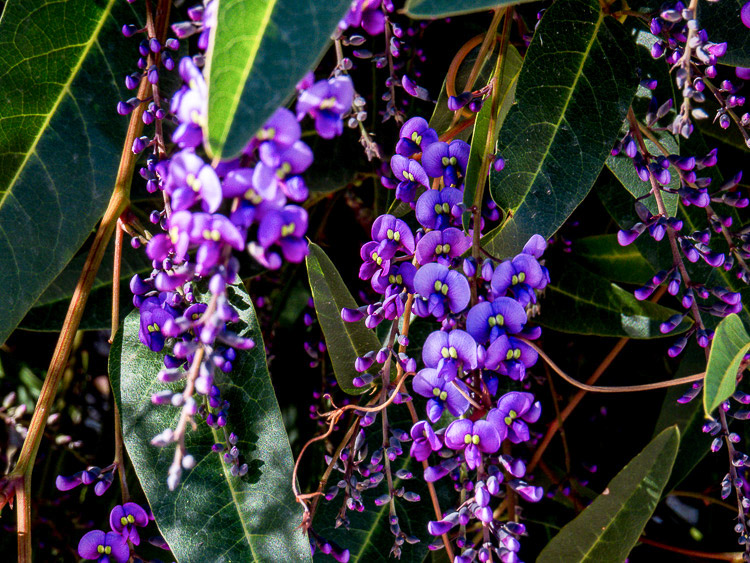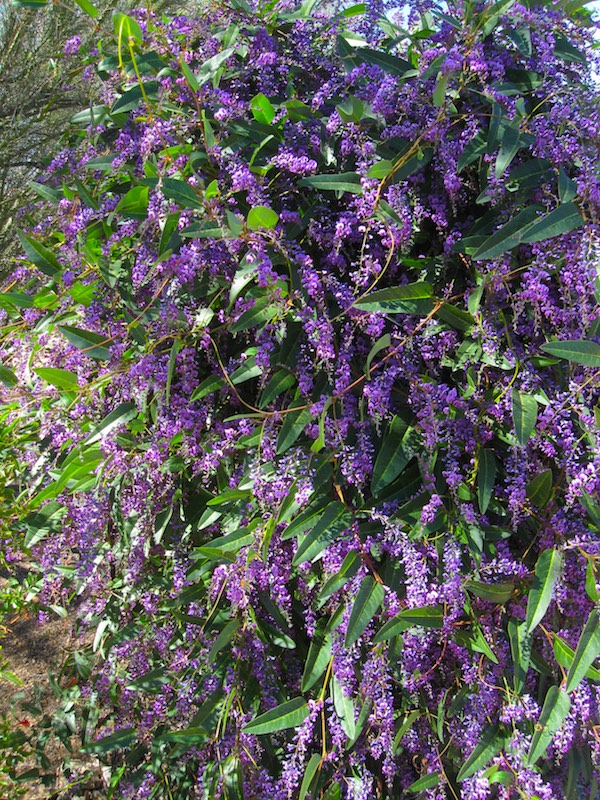During these times of sheltering in place, when the weather turns nice we are bound to get the urge to take part in an outdoor activity. Luckily, in Maricopa County (Phoenix and surrounds) the weather has been perfect.
Wildflowers generally bloom this time of year and because of the rather abundant winter rains, we were hoping they would be putting on quite a show. We wanted to share the hiking activity with my brother-in-law and his friend and naturally we needed to observe appropriate social distancing.
We decided to visit an area we thought would not be too crowded even though it is beautiful. The plan was that each couple would drive separately and meet up at Lake Pleasant near Wickenburg, AZ.
Once at the parking area, we used the amenities, reviewed the maps and headed out on the Cottonwood Trail.
This is a view of the lake from the parking area.

The Cottonwood Trail was in a direction opposite that of the lake and thus there we only encountered a few other hikers.
Almost immediately, we found a beautiful hedgehog cactus (chinocereus Engelmannii). The colors seem almost too intense to be real like those in an overpriced tropical drink!

Pink and purple were the dominant colors of the day. The hills were covered with owl’s clover (Castilleja exserta ssp. exserta).

They found footing in and around rocks and in what appeared to be inhospitable spaces.

Some patches were so dense that the entire hillside was pink!
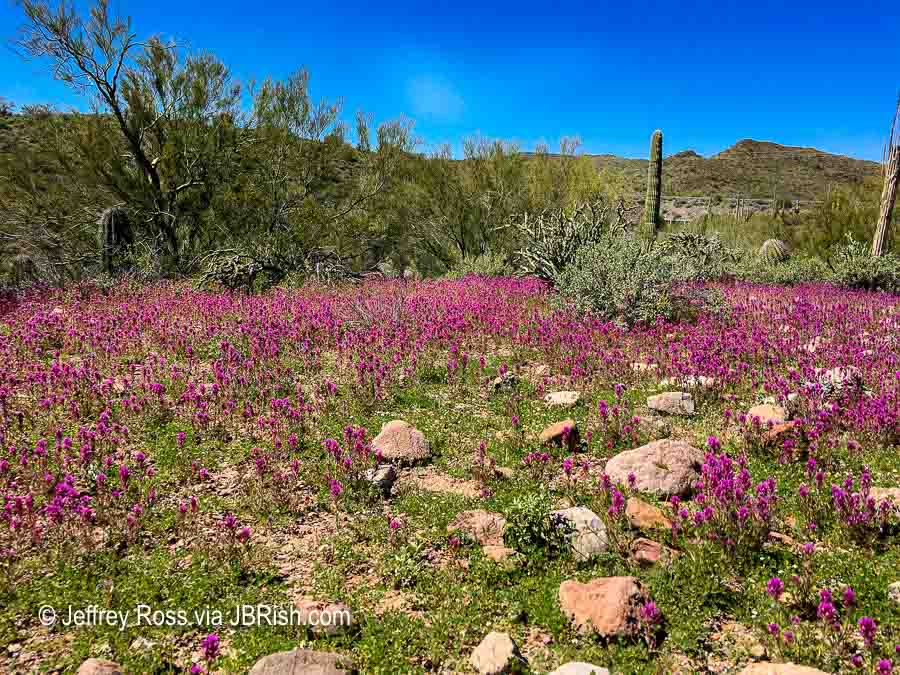
The combination of the flowers, green bushes and towering saguaro cacti (Carnegiea gigantea) highlighted the natural beauty of the desert.

There were also ample displays of orange globe mallow (Sphaeralcea ambigua).
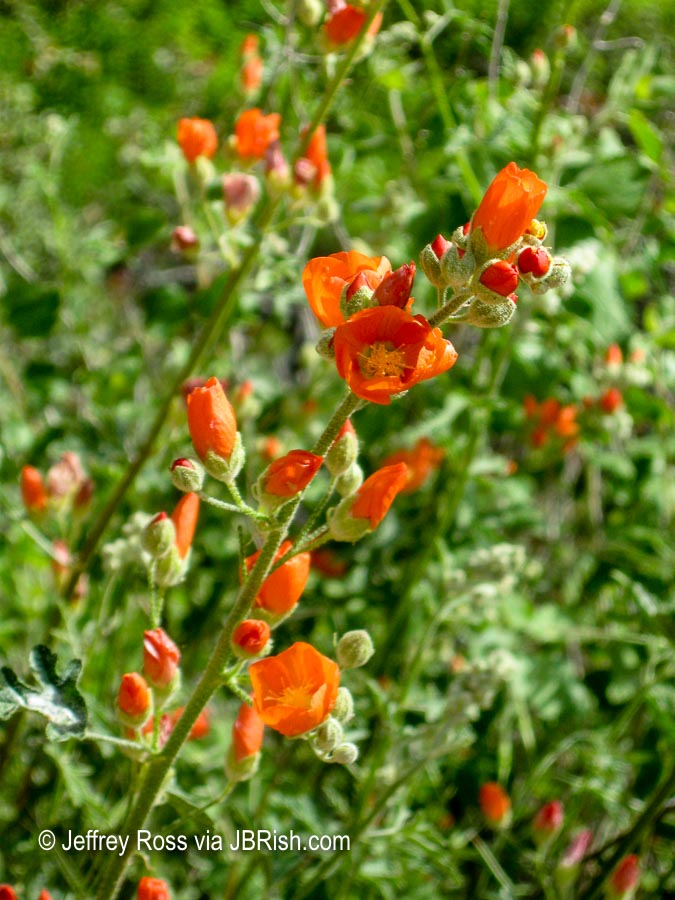
Anecdote: We had a Maricopa County Park pass which allows for an entire car to enter the parks (including Lake Pleasant) on the one pass. Since we drove separately and although we totalled only four in our “group,” we inquired as to whether under the circumstances, we would be allowed to enter under the one pass. The attendant thought for a moment and said: “How about a Coronavirus discount?”… and waived us along.
Everyone is doing the best they can!
Read more hiking and exploring stories on JBRish HERE
**********
All original content on this blog is copyrighted by Jeffrey B. Ross with ALL Rights Reserved. While reference links back to JBRish.com are appreciated and encouraged, please acquire approval for any reproduction of original content from this website.
©Jeffrey B. Ross 2014 – 2020 — JBRish.com
